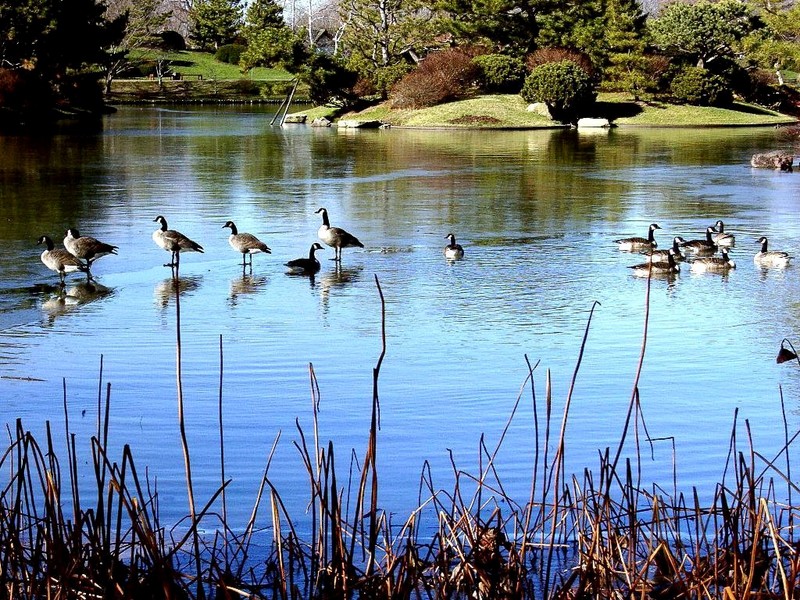|
| Query: Large white | Result: 2008th of 2107 | |
[DOT CD11] Missouri St. Louis Botanical Gardens - Canada Geese
| Subject: | [DOT CD11] Missouri St. Louis Botanical Gardens - Canada Geese
| |

| Resolution: 1024x768
File Size: 354342 Bytes
Upload Date: 2005:03:31 11:47:24
|
[DOT CD11] Missouri St. Louis Botanical Gardens - Canada Geese
The Canada goose (Branta canadensis) is a large wild goose species with a black head and neck, white patches on the face, and a brown body. Native to arctic and temperate regions of North America, the migration of Canada geese occasionally reaches northern Europe. |
^o^
Animal Pictures Archive for smart phones
^o^
|
|